Uniting Nature and Culture
Nestled between the Scarpe river, the Arkéos archaeological museum, and a residential complex in Douai, France, the Orionis Planetarium and Observatory, designed by Snøhetta, serves as a seamless connection point for these diverse elements. The project, completed in 2023, integrates with the surroundings while providing an accessible and inspiring space for visitors to explore.
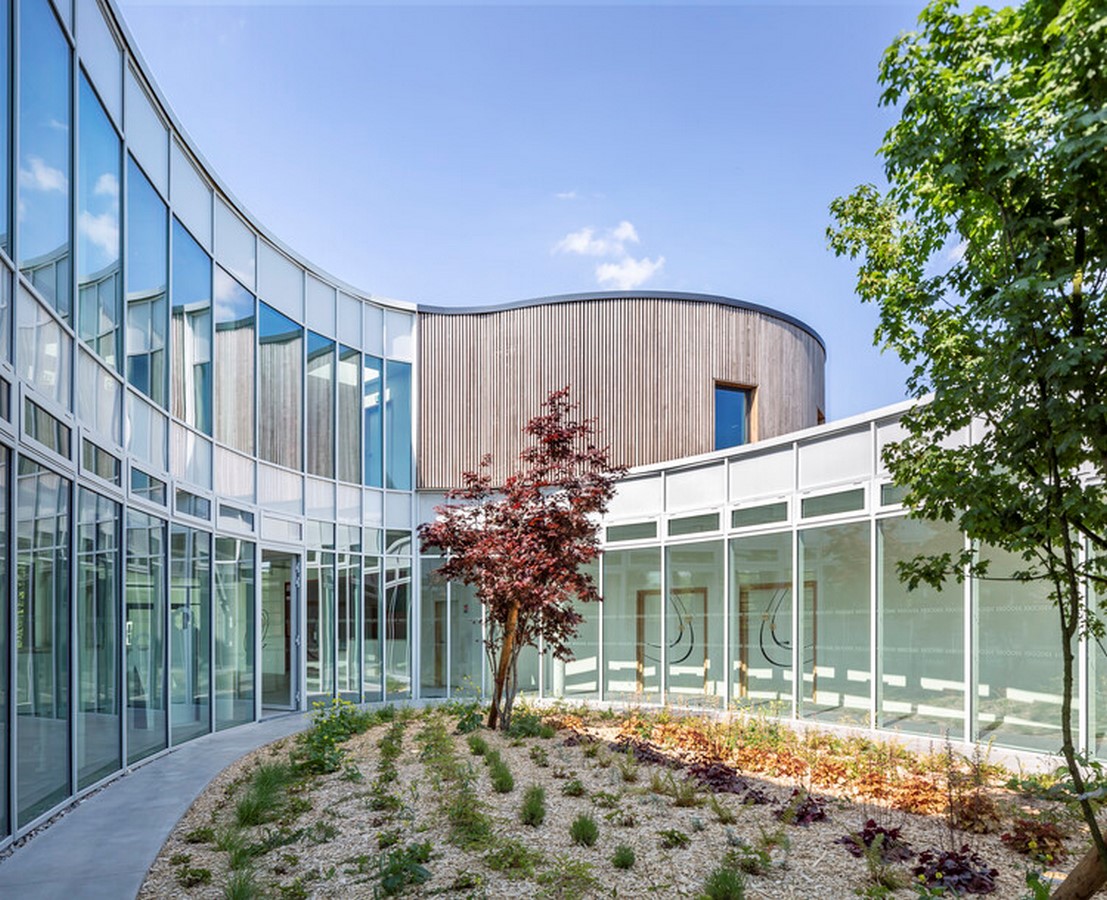
A Timeless Architectural Concept
Snøhetta’s design concept for the Orionis Planetarium and Observatory draws inspiration from the elliptical movement of stars, embodying notions of continuity, fluidity, and perpetuity. The building’s curves wrap around two domes housing the projection room and observatory, creating a unified and dynamic structure. This concept of continuous movement permeates every aspect of the design, from the reception area to the exhibition spaces and outdoor amphitheater.
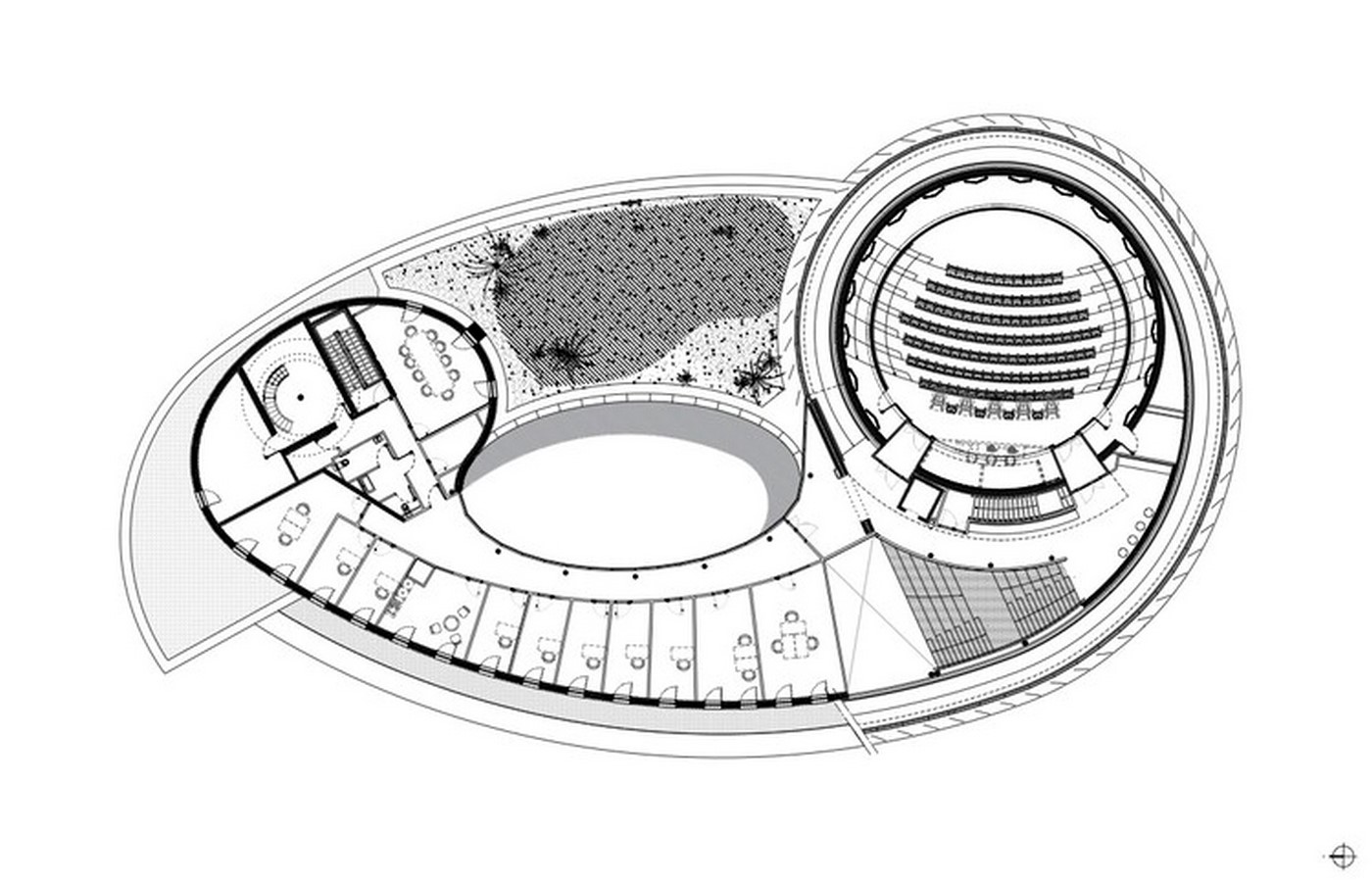
Seamlessly Integrated with the Environment
The planetarium seamlessly integrates with the local landscape, taking cues from the nearby Scarpe river and surrounding terrain. Its design aims to create a visual link with the Arkéos Museum while sharing landscaped areas and parking lots, fostering a cohesive cultural destination. The two domes serve as visual landmarks, visible from a distance without imposing on the neighboring residential area.
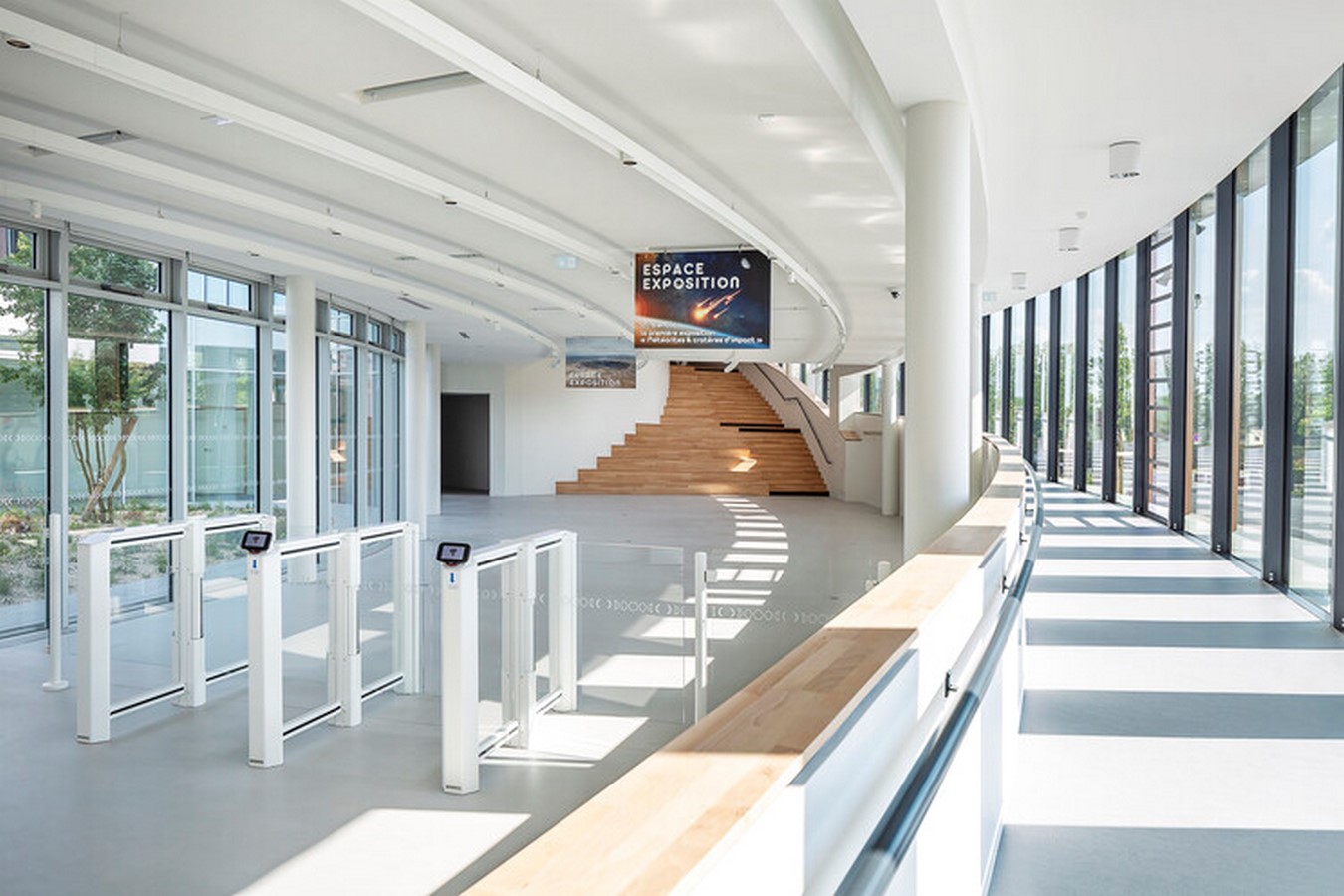
Thoughtful Outdoor Spaces
The outdoor spaces surrounding the planetarium offer two distinct experiences: the natural landscape and an elliptical interior courtyard. These spaces are carefully designed to complement the site’s features and provide visitors with a cohesive and immersive experience. The use of natural materials and strategically placed vegetation promotes biodiversity while integrating with the existing surroundings.

User-Centric Design
Snøhetta prioritized user experience in the design of the Orionis Planetarium and Observatory, ensuring that the visitor circuit flows smoothly from entrance to exit. Specific areas, such as the observatory and offices, have dedicated access to prevent intersecting flows. The materiality of the building, inspired by the region’s architectural heritage, contributes to a cohesive design that blends harmoniously with its environment.


Commitment to Sustainability
Sustainability was a central consideration in the project’s design, with features such as geothermal heating, intelligent natural ventilation, sunshades, and a green roof contributing to responsible energy usage and environmental stewardship. Locally sourced materials were prioritized to minimize the project’s carbon footprint and ensure a low environmental impact construction process.

The Orionis Planetarium and Observatory stands as a testament to Snøhetta’s commitment to creating culturally significant spaces that harmonize with their surroundings while embracing sustainable design principles.

















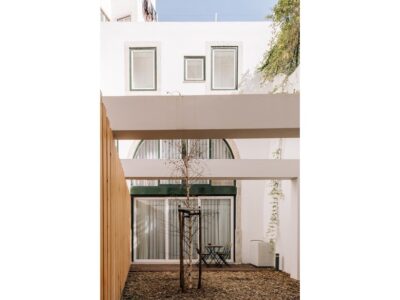
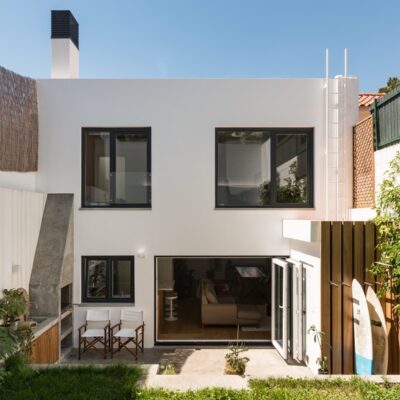





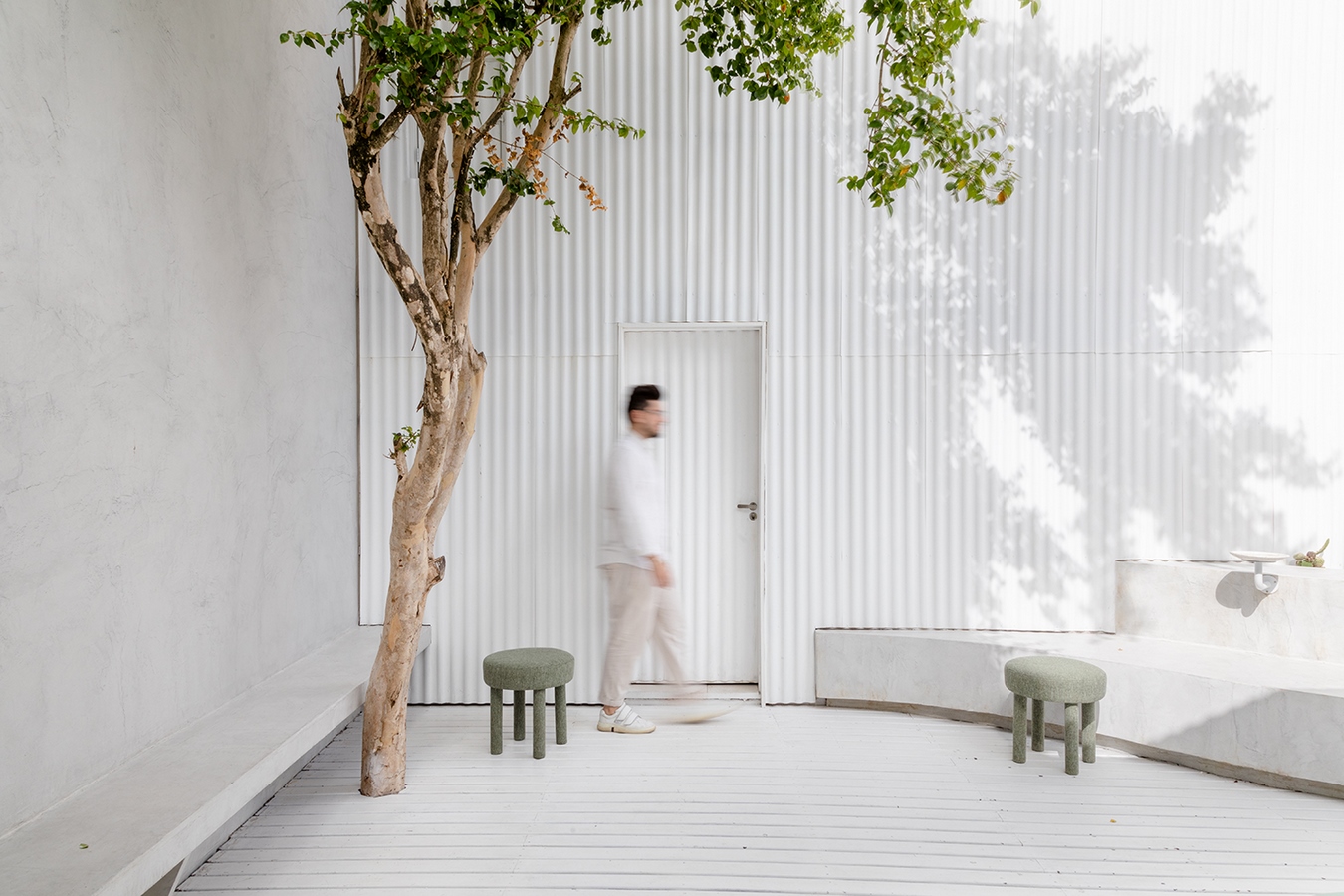
Comments